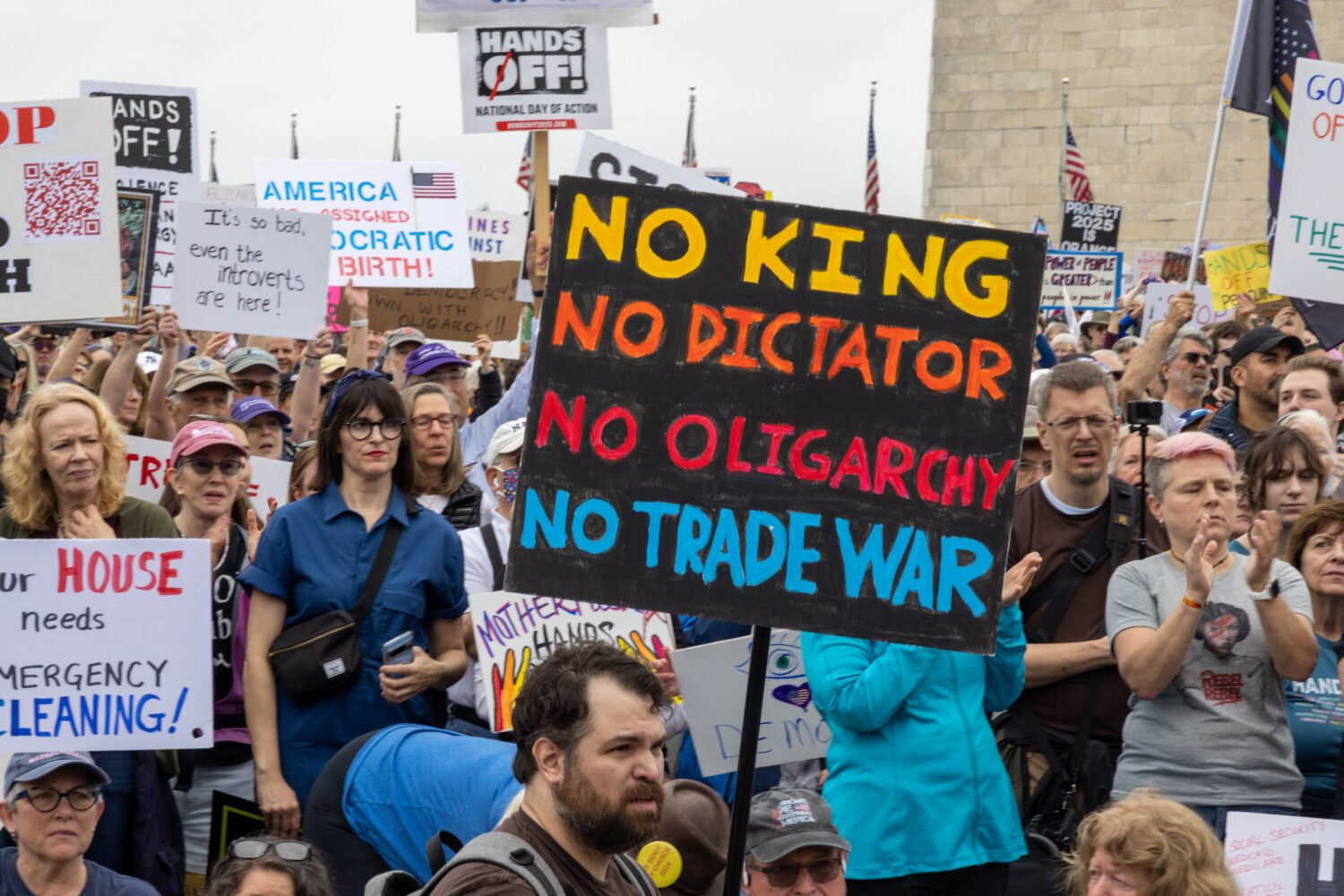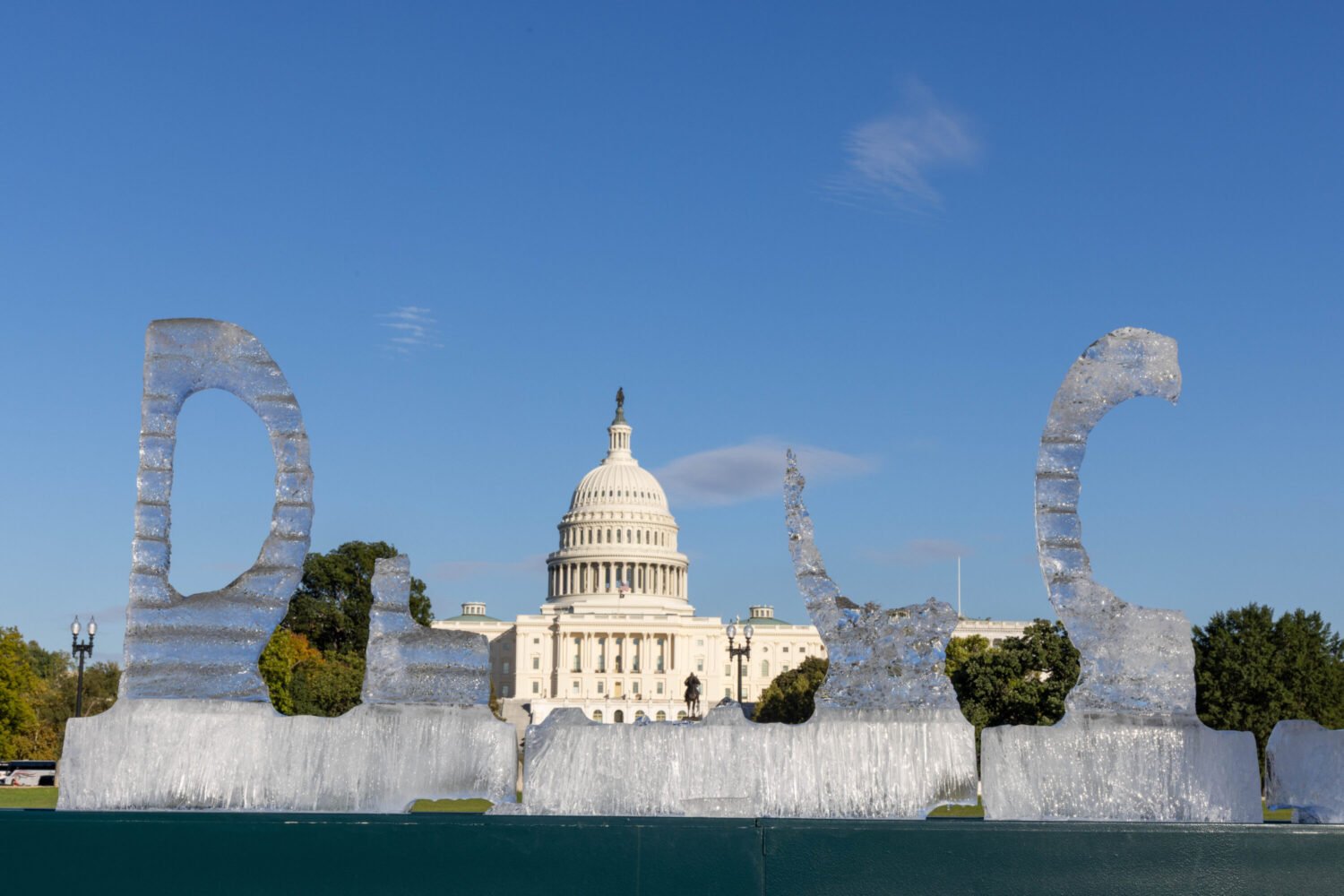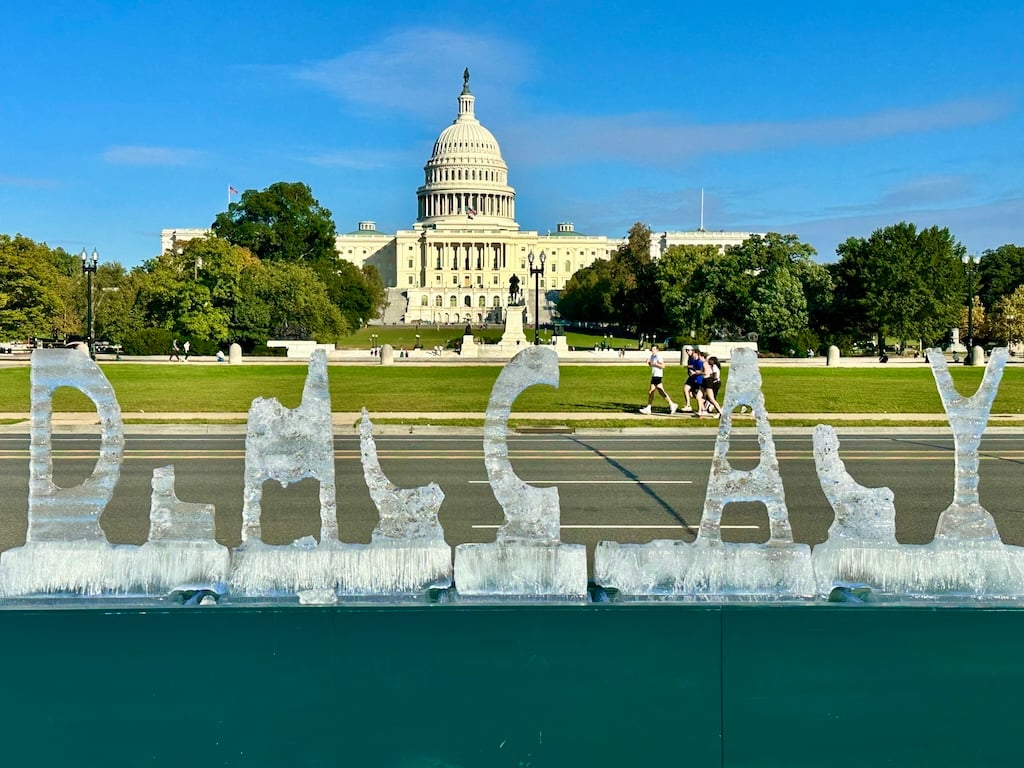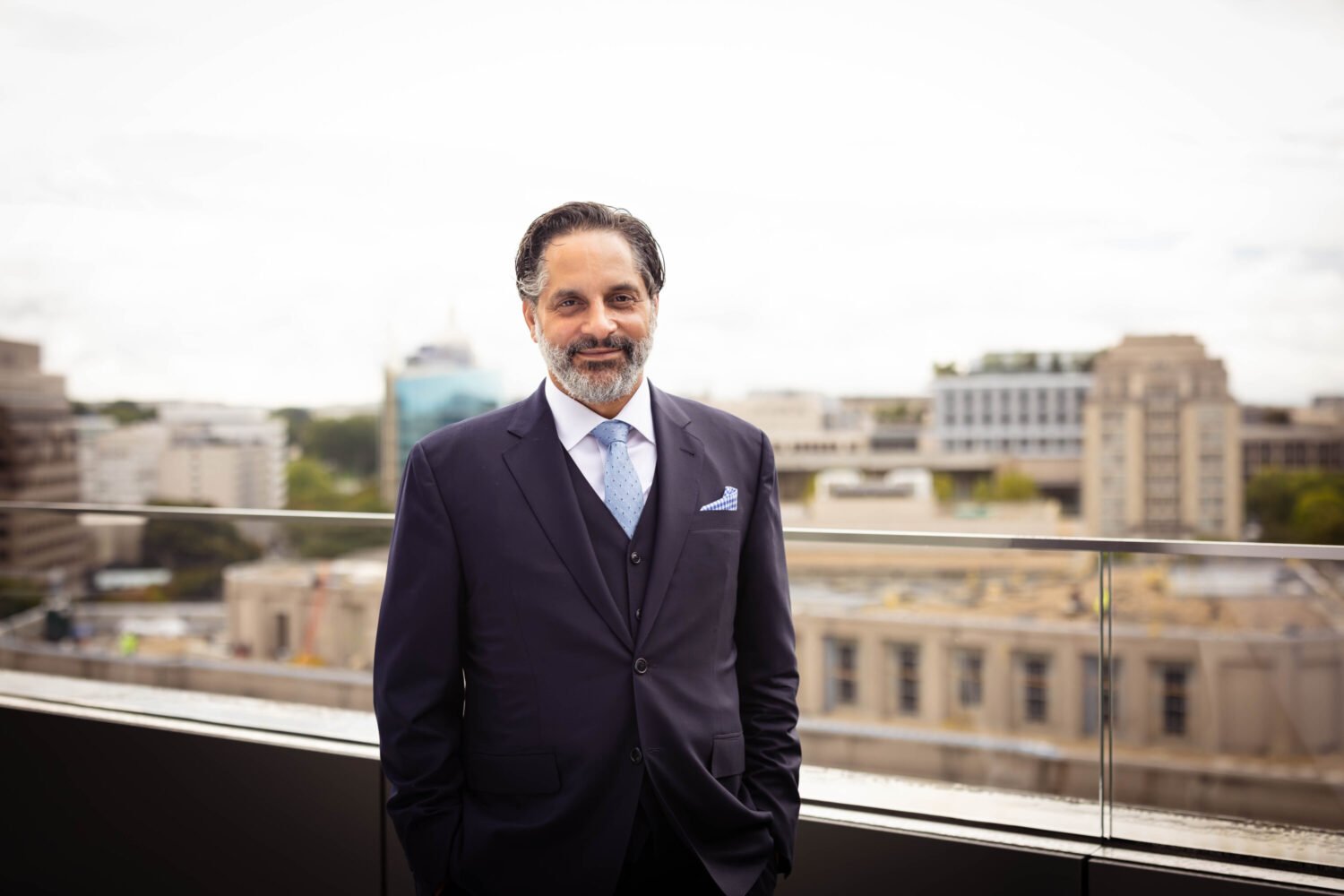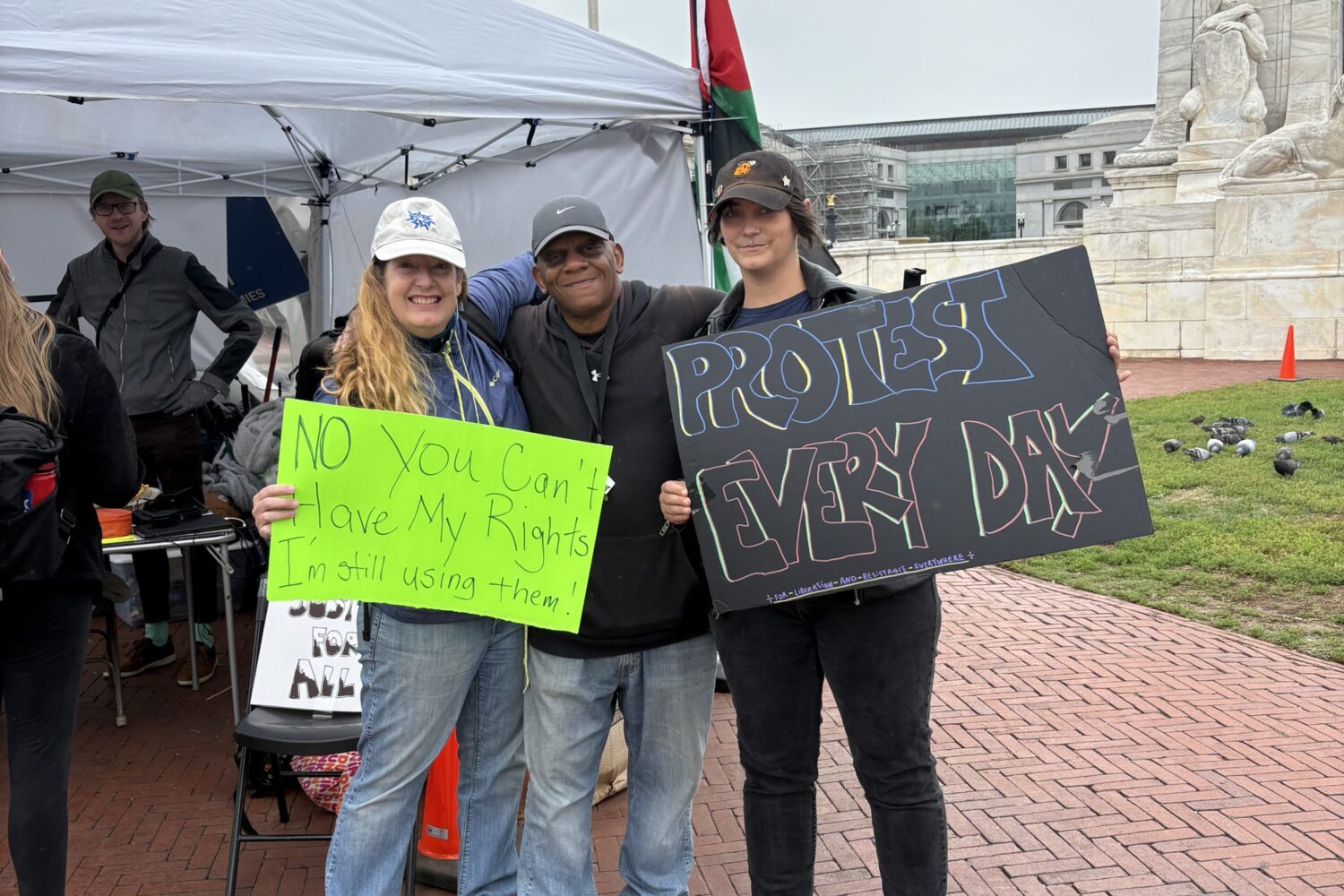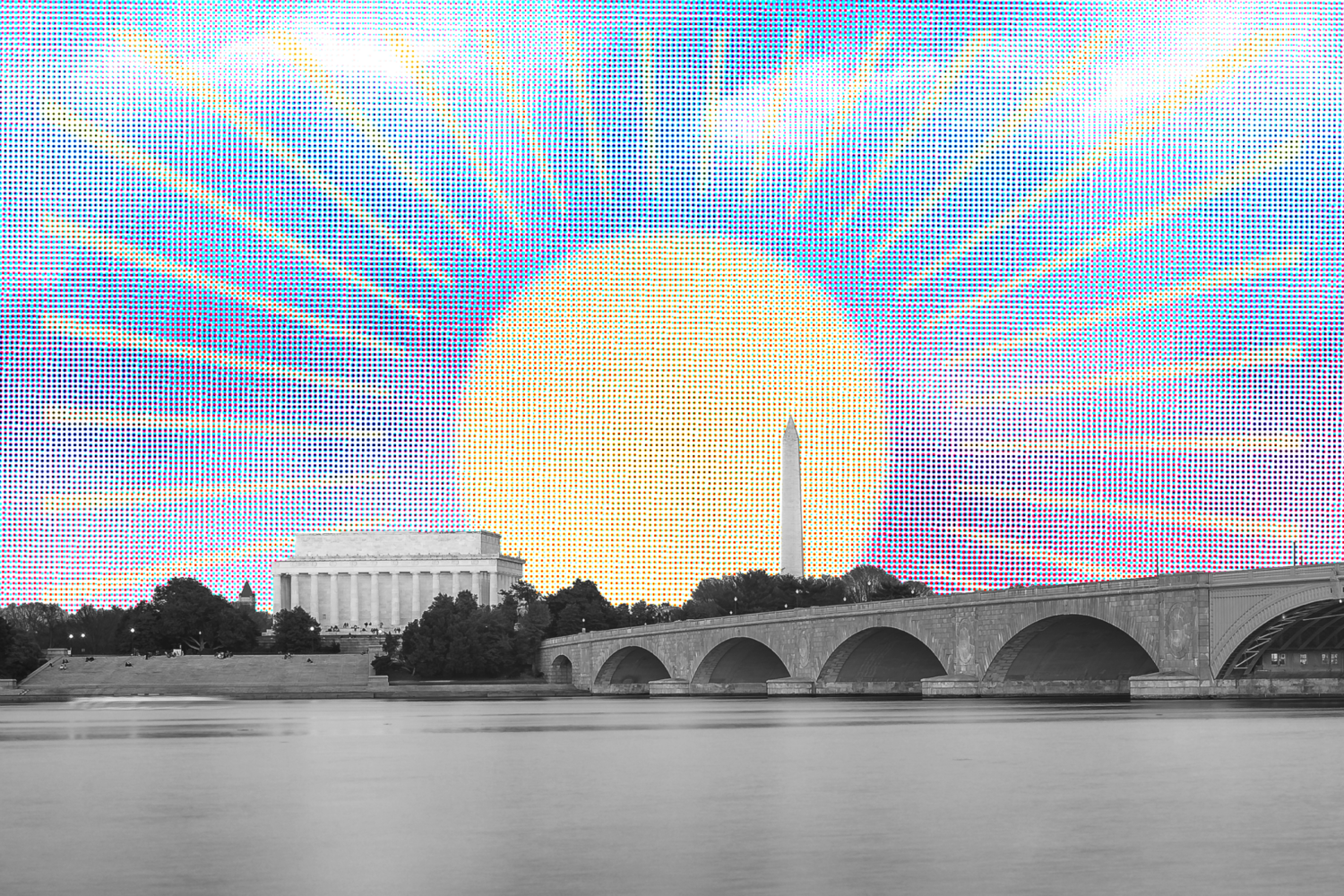How do affluent Indian-Americans show that they have arrived—and are still moving upward?
Take the house—size does matter. The measure of a man’s wealth among Indian-Americans was, until not long ago, the number of bedrooms. Ten put you up there with the big players. These days you need at least 30,000 square feet in Potomac or McLean to be envied. Forget the bedrooms—you need reception rooms that can pack in a couple of hundred people for fundraising galas for presidential candidates or fashionable charities or for a weeklong Indian wedding. A pied-à-terre in Manhattan may be a necessity, but a home in Florida, preferably on the water in Miami, is for Washingtonian Indian-Americans also a sign of arrival.
A Mercedes—the higher the number the better—used to spell success, but then there were too many of those. Fayaz Shawl, a cardiologist who lives in Potomac, had a handcrafted, custom-made Bentley flown over from Europe. He believes in celebrating his success—particularly, as he likes to say, if you are a “poor boy” from Kashmir who came to the States with very little.
“My father lived like a prince, a prince of Kashmir. He would make $100 and spend $120. I believe in making $100 and spending $99. If you become something, you need to give a gift to the self. On my 50th birthday I got this car. Nobody else has this.”
The real symbol of success for Shawl is what money can’t buy: being flown to Spain to operate on actor Antonio Banderas’s father or to Marrakesh on a private plane as a guest of the royal family of Morocco. Shawl spends much of the year performing surgeries around the world, particularly in Dubai and India. Often he does not charge for the surgery—all he wants is a private plane or a first-class ticket to get there, the best hotel, and, as a memento, a silk bathrobe.
Playing patron is another route to acquiring the ultimate status symbol: class. Hosting musical soirees in your home gives you social cachet. Usually musicians visiting the United States are invited to perform. Some hostesses earn points by flying a famous sitar player or singer over from India. Getting Ravi Shankar would be hitting the jackpot.
The idea of a salon is gaining currency. Book readings, discussions, and talks on art take place in those well-appointed homes. The one-upmanship lies in getting the most famous writers, preferably those whose books have been reviewed in the New York Times.
Becoming an art connoisseur and collector gives you status. Prices for contemporary Indian art have skyrocketed: Over the past few years the works of Tyeb Mehta, M.F. Husain, and S.H. Raza have brought the hammer down at Sotheby’s and Christie’s for well over $1 million. Competition is so keen that one of the relatively new collectors has decided to buy a new house. Hers, she complained after examining the mammoth canvases in the home of an “advanced collector,” had too many windows and not enough wall space.
If you are a princess, you don’t need any status symbols—you are one. Mehrunissa Khan, a princess from Rampur in northern India, is in her mid-seventies and still a beauty with translucent skin and chiseled features. Her Colonial home in Potomac may be far more modest than those of her Indian-American neighbors, but she’s led an adventurous life across three continents—growing up in a palace, learning to hunt and shoot, being disowned after a marriage to a Pakistani.
Her autobiography was recently published in India. Could there be a better calling card?
Living the American Dream: Many Indian-Americans came to Washington with a few dollars and big hopes. Thanks to hard work—and often lucrative government contracting—some are millionaires, living large in Potomac and McLean and making their presence felt in politics, business, and the arts. But they never forget their roots.
Rooted in Tradition: Prayer rooms, Hindu festivals, arranged marriages—increasingly done online—are ways Indian-Americans stay connected.











